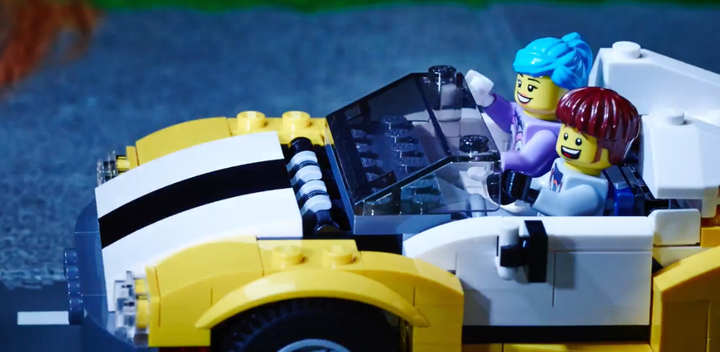By Signe Brewster for WIRED.

Despite the blocky, herky-jerky quality of their visuals, 2014’s The Lego Movie and its box-office-ruling spinoff, The Lego Batman Movie, were not actually filmed in stop-motion. (It would have cost tens of thousands of dollars to buy the bricks alone.) Instead, The Lego Batman Movie director Chris McKay labored to replicate the analog effect digitally, drawing on his work for TV shows like Robot Chicken. Given his experience, we asked him for some tips on how to make a (legitimately stop-motion) Lego movie of our own. Low-budget, of course—we don’t have tens of thousands either.
Anchor Everything
Getting that perfect stop-motion feel requires keeping both your camera and the set nice and stable. McKay recommends a GorillaPod, a flexible tripod that can anchor a phone to most surfaces. Securing the Legos is easier, since the pieces are designed to stick together. Just weigh down the sides of the set to make sure you don’t accidentally move it between frames.
Light It Up
Good illumination is essential to achieving a professional look, but the small scale of the Lego pieces makes it tricky to use traditional stage lighting. Craft and hobby stores—especially those selling trains and holiday figurines—usually stock mini LEDs. McKay says they give Lego sets a cinematic sheen that makes the bricks look larger and more alive.
Pick Your App
And … action! Apps like Stop Motion Studio save you from having to manually stitch hundreds or thousands of images into a video. Simply open the app, take a photo, move your character a tiny bit, and then repeat. “You have to build or find everything you need on set. You can’t draw your way out of a problem,” McKay says. “It’s a lot more like live-action filmmaking than it is like animation.” Except you can bend surly actors to your will.
Embrace Imperfection
As you’re manipulating figurines through a scene, don’t try to create hyperrealistic movements. It’s OK to have your Lego star’s hand go from up in the air to down on a table in one frame. As McKay says: “I think that is beautiful in its own charming way.”
This article appears in the February issue. Subscribe now.
More from WIRED:

